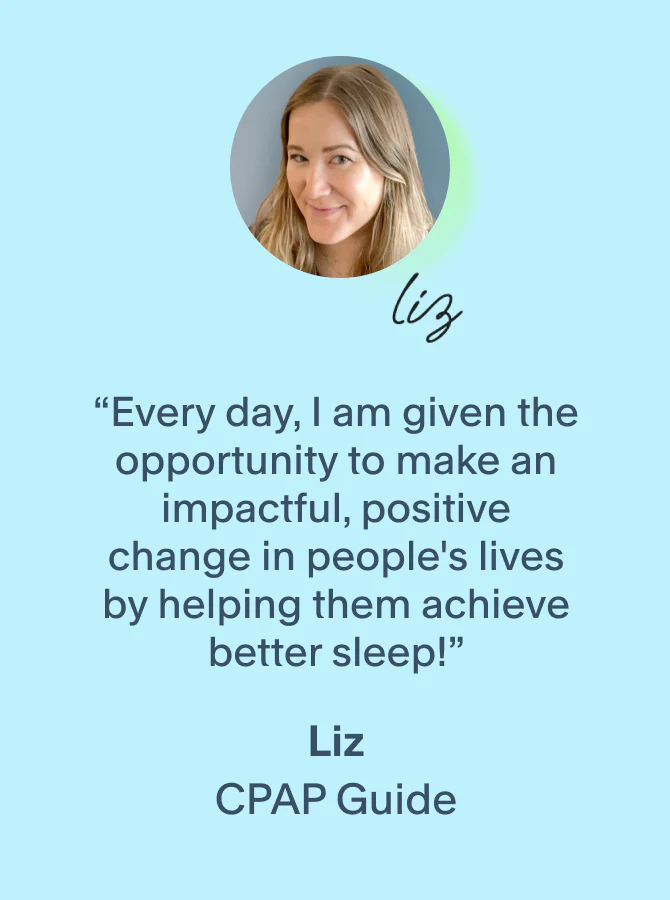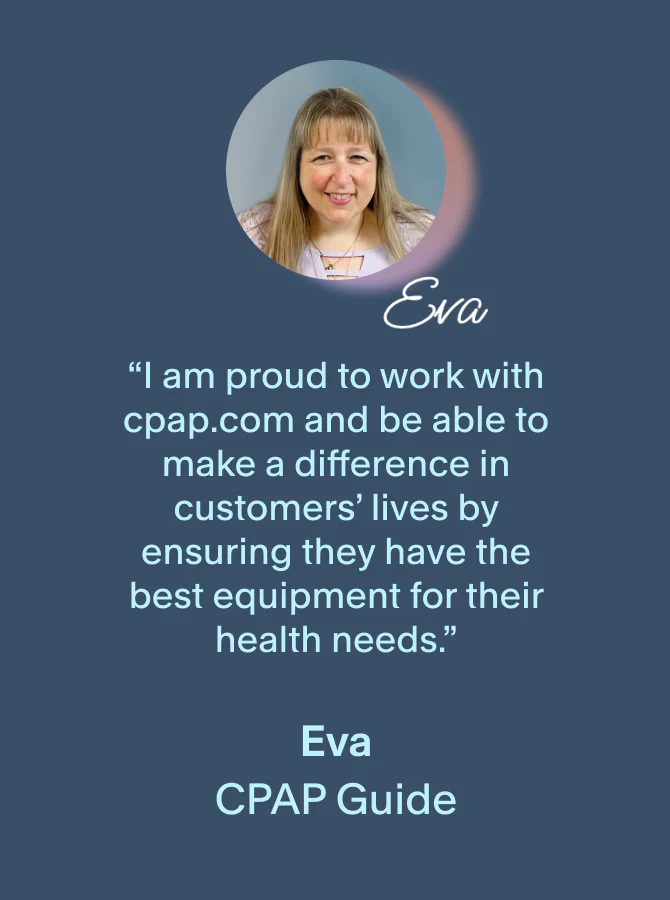Our content undergoes rigorous expert review, evidence-based research, and regular updates for accuracy.
💡 Key Takeaways
- Side Sleeping is Preferred: Sleeping on your side is generally recommended for CPAP therapy as it helps with insomnia and digestive issues like GERD.
- Back Sleeping Needs Adjustments: If you sleep on your back, consider elevating your head or using a bumper belt to prevent lower back pain and manage GERD.
- CPAP Pressure Varies: The effectiveness of your CPAP therapy depends on your sleep position. Pressure requirements may change if you switch from side to back sleeping.
- Consider Combination Therapy: Using positional therapy along with other treatments like Oral Appliance Therapy (OAT) can improve outcomes, especially for those who are CPAP intolerant.
- APAP for Positional Apnea: An Autotitrating Positive Airway Pressure (APAP) machine adjusts air pressure based on your sleep position, making it a good choice for those with positional sleep apnea.
Many individuals suffer from sleep apnea. In fact, the American Sleep Apnea Association reports that as many as 22 million Americans may suffer from sleep apnea, and that upwards of 80 percent of moderate to severe obstructive sleep apnea (OSA) is undiagnosed.
This condition involves the upper airway becoming repeatedly blocked during sleep causing reduced or completely stopped airflow. The individual will temporarily stop breathing and often snore. Although there's no cure for sleep apnea, many people are treating their condition with continuous positive airway pressure (CPAP) therapy, and its efficiency is impacted by the type of therapy used for the type of sleep position.
About CPAP Therapy
CPAP therapy uses an airflow generator to draw the outside air in using a motorized fan to humidify and pressurize the air and then deliver it through a hose and face mask to the sleeper.
Most patients will go through a sleep study, called a polysomnography, where the sleep technician observed the patient while they're sleeping to determine the underlying health problem (like sleep apnea) that drives the need for CPAP therapy.
The sleep specialist observes the patient's respiratory activities during the study as well as the position they sleep in. They'll take note of the sleep positions the patient sleeps in to recommend the type of CPAP mask and air pressure the patient will need.
CPAP Pressure: Side Sleeper vs Back Sleeper
Sleeping on your side is typically recommended because it helps with insomnia (and the resulting sleep deprivation) as well as digestive issues like gastroesophageal reflux disease (GERD).
Sleeping on your back can cause pain in your lower back. Placing a rolled-up towel or pillow under your knees will help support the natural curve of your spine and prevent strain. Bumper belts can also be used to prevent you from sleeping on your back.
Back sleeping, however, might be helpful if you’re suffering from GERD if you elevate your head above your stomach. Some individuals place three-inch blocks under their legs at the head of their bed to help with elevation and counteract GERD.
Choosing the right CPAP pressure isn't always that easy. It depends not only on the severity of your sleep apnea, but also on your sleep stage and sleep position. If the pressure is too high, you could experience air swallowing or a mask leak. If it's too low, your CPAP therapy won't be able to control your sleep apnea adequately.
There may also be potential changes in CPAP therapy pressure requirements if you go from side sleeping to sleeping on your back. These pressure change requirements can be significant for certain people and if they sleep on their back, they'll need to set their machine on the fixed highest pressure.
Side Sleeper and CPAP Pressure
One disadvantage of CPAP therapy you could struggle with is not being able to find a sleep position that's comfortable while wearing a mask, particularly if you're wearing a full face mask. The full face mask's bulk can make it hard for patients who usually sleep on their side because it can become displaced while they're in this position and they won't get the required air pressure.
Those who sleep on their side require a mask that will stay on and sealed while pressing up against a pillow. Masks that feature soft-touch buckles and a cloth surface where your face and the mask meet are a good option. When your mask isn’t staying on your face or keeps shifting around, it can lead to an air leak and this won’t provide you with an adequate amount of air pressure.
Back Sleeper and CPAP Pressure
If you're using a nasal mask or full face mask, the back sleeping position is more ideal. These masks are the best choice for high air pressure. Those who require higher pressure rates may benefit most from sleeping on their back since it's the most comfortable position with higher air pressure. You can check out our selection of full face CPAP masks and nasal masks here on CPAP.com.
Benefits of Combination Therapy
Combination therapy is relatively new that both sleep professionals and sleep dentists are gaining more interest in to treat obstructive sleep apnea (OSA).
Combinations of treatment may be used and could involve:
- CPAP
- Oral appliance therapy (OAT)
- Positional therapy
Benefits of Positional Therapy
Using positional therapy along with OAT is also a growing trend. Positional therapy is a type of behavioral approach to keep patients from sleeping in the supine (back) position when the patient has a positional component to their OSA.
Positional combination therapy can improve a patient's outcome significantly, particularly in those who don't respond to OAT because of positional obstructive sleep apnea (POSA) or who are CPAP intolerant. Many individuals who receive an OSA diagnosis are position-dependent. Therefore, positional combination therapy can better manage OSA than OAT alone.
If CPAP is working well for you, combining positional therapy devices and techniques with CPAP can provide you with the best overall outcome — you'll be able to use a lower setting on your CPAP machine and use it less frequently.
Benefits of Bumper Belts
Bumper belts are another option. These belts, like the Rematee Bumper Belt® for example, make sleeping on your back uncomfortable. Back sleeping can cause an increase in OSA episodes. These belts act like a wedge, helping you stay sleeping on your side as well as make it uncomfortable if you try and roll over onto your back during the night.
APAP Machines: When It's the Best Choice
When it comes to air pressure, people with positional sleep apnea may fair better with an Autotitrating positive airway pressure, or APAP machine. In other words, an APAP machine might be best, especially if the CPAP pressure requirements are significantly different while sleeping supine vs on your side. If, for example, you roll over on your back during the night, the APAP machine increases the air pressure to match your body's needs. If you later roll to your side, the machine reduces the pressure to the lowest pressure they require for keeping their airway open in these body positions.
Your sleep position has a significant influence on the quality of your sleep, not just in regard to OSA, but also when it comes to other health issues. Comfort is important. And part of that comfort is having the right air pressure setting.







